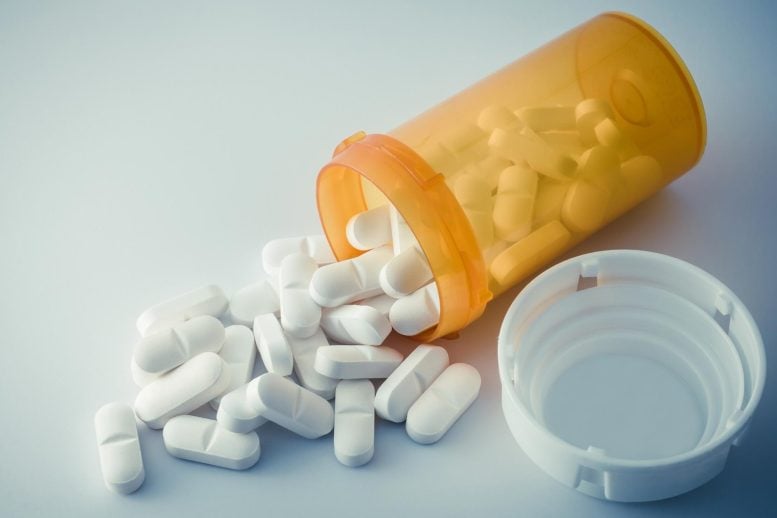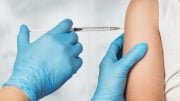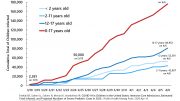
Evaluating drug safety in children is extremely difficult owing to growth and maturation processes that might change how children react to treatment.
A new study identifies drug side effects across pediatric development stages.
Pediatric drug side effects account for approximately 10% of pediatric hospitalizations, with nearly 50% of those being life-threatening. There is currently little evidence despite the need to learn more about these drugs and the negative effects they can have on children.
Although clinical trials continue to be the gold standard for detecting adverse drug events (ADEs) in adults, they raise ethical and methodological concerns when used in pediatric populations. Understanding the possible effects of various drug treatments at distinct periods of childhood presents problems that are significantly exacerbated by the rapidly changing biological and physiological developments.
Researchers at the Columbia University Irving Medical Center created a novel algorithm that identified nearly 20,000 ADEs signals (information on a new or known side effect that may be brought on by a specific drug) throughout the seven pediatric development stages and made them freely accessible. This process is assisted by a novel approach that permits neighboring development stages to enhance signal detection power, allowing it to overcome data limitations within individual stages.
This use of predictive modeling on real-world data may help in addressing a major hole in healthcare research concerning the understudied pediatric population.
DBMI associate professor Nicholas Tatonetti and Nick Giangreco, a recent Systems Biology Ph.D. graduate at Columbia University, recently published their findings in a study published in the journal Med.
“For many reasons, children have historically not been included in clinical trials,” Tatonetti said. “There are many ethical issues around including children in trials, and there are several limitations when children are included that make it difficult to assess the effectiveness and safety of drugs.”
Because of these factors, few drugs are specifically approved for use in children, though once drugs are approved for adults, physicians can prescribe them “off-label” to children.
“Since drugs are not studied and approved in children directly, physicians must rely on guidelines for adults,” he added. “Essentially treating children as if they were simply small adults is oftentimes an incorrect assumption. This study is an attempt to elucidate systematically what the potential side effects are when drugs are used off label in children.”
The study goes beyond simply differentiating side effects in children from those in adults. It focuses on ADEs across seven developmental stages, starting at term neonatal and going through late adolescence, and it is powered by sharing information from neighboring developmental stages. For example, the development of infants and toddlers is close enough that there will be more shared characteristics than there would be for infants and those in early or late adolescence.
“Previously, children were essentially grouped together,” Tatonetti said. “There were only a few studies that just focused on children, and they basically focused on people 18 and under or 21 and under in one group. The innovation here is using known developmental stages and our newly introduced DGAMs (disproportionality generalized additive models) to improve power and enable that analysis.”
Tatonetti stressed that these signals are not validated and are primarily meant for researchers. Parents should consult with their pediatricians on specific drug side effects.
Giangreco, currently a Quantitative Translational Scientist at Regeneron, noted one of several side effects that were identified by this model.
“One we corroborated that the FDA had found was that montelukast, an asthma drug, was found to elicit psychiatric side effects,” he said. “We saw that in our database as well, but we were able to pinpoint certain developmental stages where the risk was more significant, especially the second year of life.”
The study also integrates pediatric enzyme expression data and found that pharmacogenes with dynamic childhood expression are associated with pediatric ADEs.
“This was a biologically-inspired modeling strategy,” Giangreco said. “We used what we knew about biological processes occurring during childhood and formed the modeling strategy. These safety signals came from this prior knowledge of the biological processes that are happening. Our data-driven approach really tried to capture what we thought were the important biologically and physiologically dynamic processes that happen during childhood and use that to tease apart observations across the development stages.”
The model was used on a database of 264,453 pediatric reports in the FDA Adverse Event Reporting System (FAERS). The output of the study is available via KidSIDES, a free and publicly available database of pediatric drug safety signals for the research community, as well as the Pediatric Drug Safety portal (PDSportal), which will facilitate the evaluation of drug safety signals across childhood growth and development.
“The primary intention is for other researchers to use it, to follow up on signals they may observe,” Tatonetti said. “If they are experts on a particular drug usage, or particular disease domain and have observed these types of effects, they could follow up on them and be reassured, or could look at what the other evidence is for that effect as we aggregate it together. Clinicians can use it as a gut check. Maybe they saw an effect, or they are wondering if others are seeing this effect, and they can check the PDSPortal to see if others are seeing this effect or to prompt them to write another case report to the FDA.”
Reference: “A database of pediatric drug effects to evaluate ontogenic mechanisms from child growth and development” by Nicholas P. Giangreco and Nicholas P. Tatonetti, 24 June 2022, Med.
DOI: 10.1016/j.medj.2022.06.001
The study was funded by the National Institutes of Health.









Be the first to comment on "Scientists Identify Numerous New Side Effects of Pediatric Drugs"